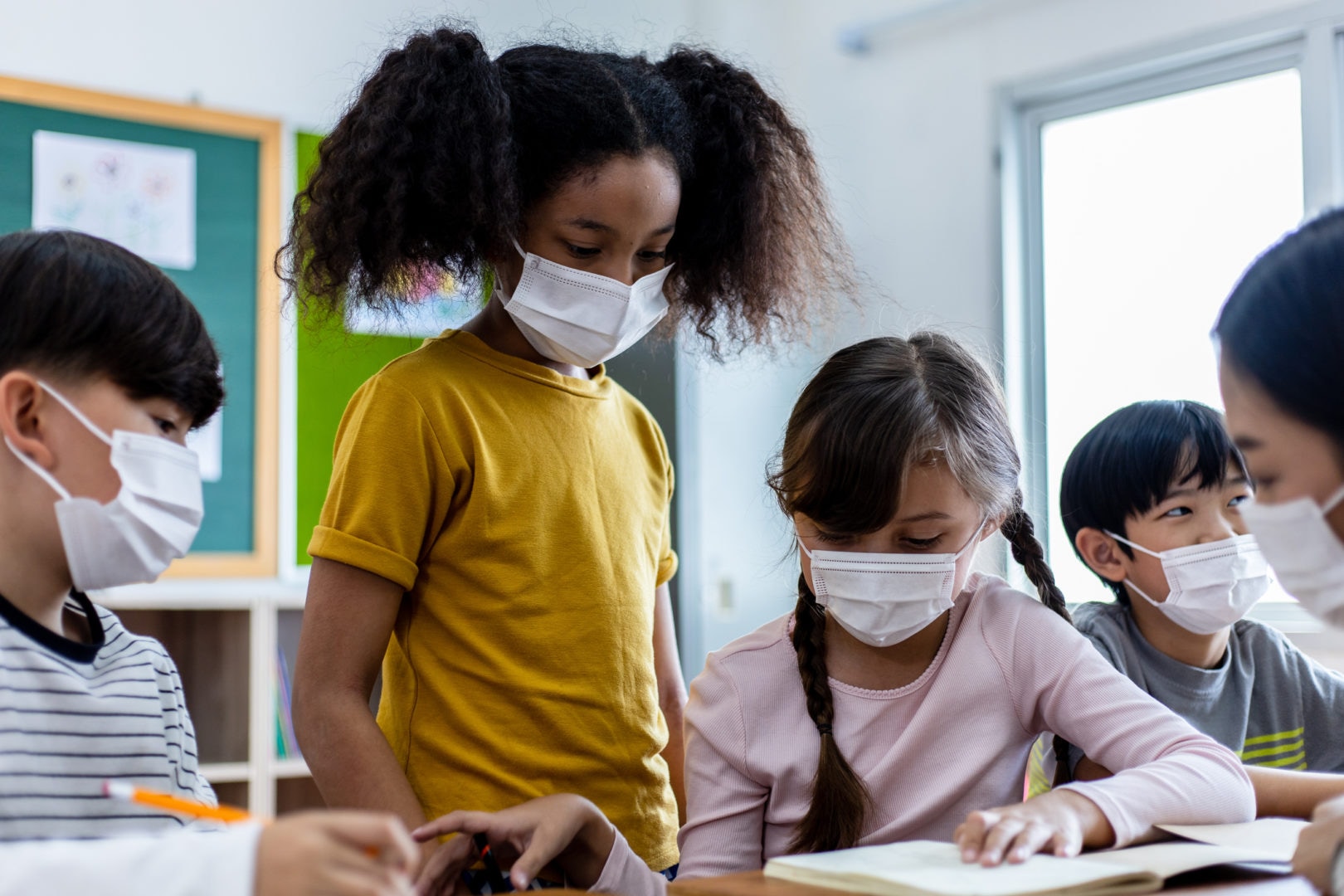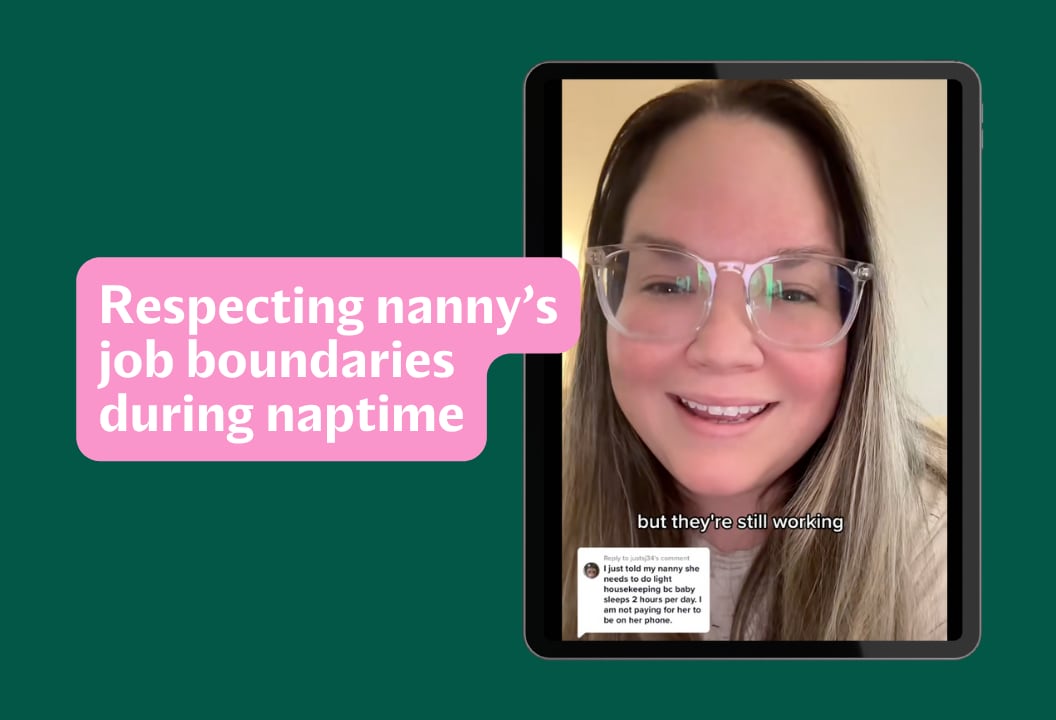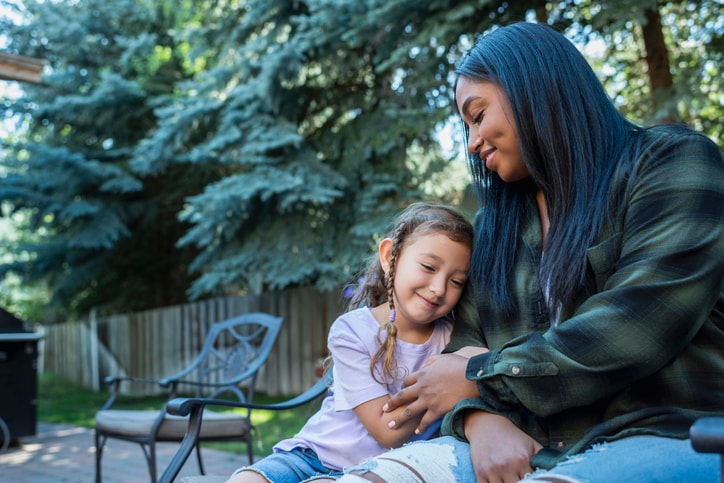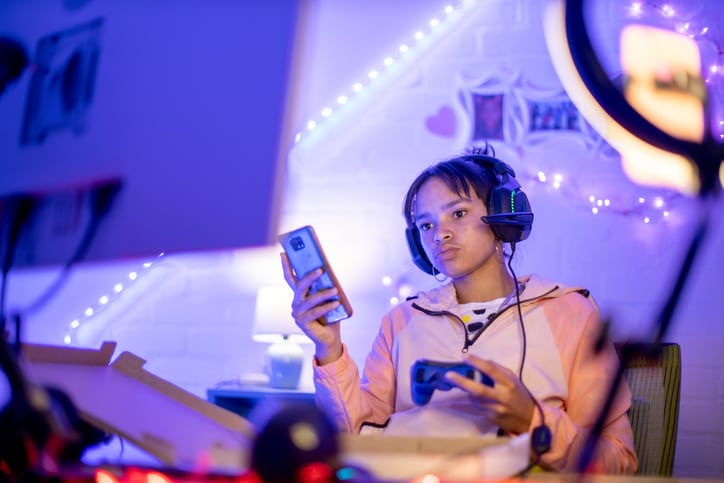For most U.S. families, the 2020-2021 school year has been chaotic at best. Many kids have been distance learning or hybrid learning since last spring while others have dealt with cancellations, repeated closures and lots of back-and-forth. That’s why the latest report on schools by the Centers for Disease Control and Prevention (CDC) may come as good news. The CDC says in-person school may be safe for kids as long as precautions are in place.
The latest report, published January 26 in the Journal of the American Medical Association, shows that COVID-19 transmission in schools is not widespread. It cites three separate studies that show student infection rates are low, and transmission between students and teachers is extremely limited.
In North Carolina, for example, more than 90,000 students and staff returned to in-person education for nine weeks during fall 2020. During that time, only 32 infections were acquired in schools, and there were no reported instances of student-to-staff transmission. Similarly, in Wisconsin, 4876 students and 654 staff members attended school for 13 weeks during the fall. There were 191 COVID-19 cases among staff and students during that time with only seven of those cases determined to have resulted from in-school transmission.
While this data is promising, the report notes that large scale outbreaks have been tied to schools in other parts of the world. They also caution that extracurricular activities, such as indoor sports, could still pose a serious risk for kids and families. Still, experts say reopening may be possible, as long as certain protocols are strictly followed.
These protocols include:
-
Requiring universal face mask use.
-
Increasing physical distance by de-densifying classrooms and common areas.
-
Using hybrid attendance models when needed to prevent crowding.
-
Increasing room air ventilation.
-
Expanding screening to rapidly identify and isolate asymptomatic infected students and staff.
-
Continuing to offer online learning options for higher risk individuals.
Most importantly, experts say the key to preventing spread at school lies in preventing transmission outside of school settings. In Mississippi, a recent study of 400 COVID-19 positive kids found that children who tested positive for the virus were more likely to have recently attended a social gathering or had contact with an infected family member. This means that even if schools are doing everything right, community spread could hinder efforts to stop virus transmission if communities and their leaders are not taking precautions.
The possibility that schools can create a path to reopening is good news for moms and dads, but it’s important to remain cautiously optimistic. So far, the COVID-19 pandemic has been anything but predictable, and there are signs that new complications are on the horizon.
Several new strains of the coronavirus are circulating, including the highly contagious B.1.1.7. variant, which experts worry could soon dominate new cases in the U.S. Scientists in the U.K., where the variant was first detected, estimate B.1.1.7. may be 40-70% more contagious than previous strains of COVID-19. The CDC is also investigating preliminary findings by U.K. scientists that show the new strain may be more deadly.
Meanwhile, vaccine rollouts in the U.S. have hit speed bumps. The Biden administration announced Tuesday that plans are in place to ramp up deliveries of vaccines after widespread shortages and delays. Current vaccines are safe for people ages 16 and older, but vaccines for younger children are still in the testing stages.
Though the virus isn’t widespread in schools and children haven’t been impacted as severely by the illness, it’s still worth noting that over 2.6 million pediatric COVID-19 cases have been reported as of January 21. Of those cases, nearly 165,000 were reported just within the week of January 14-January 21.
It’s unclear how the newer COVID-19 variants and issues related to vaccines will impact school safety in the months to come. As always, it’s important for parents and school officials to remain vigilant and make changes as needed.
School has been unpredictable since the very beginning of the pandemic, and unfortunately, the uncertainty isn’t over yet. Nonetheless, it’s a positive sign that the CDC sees a path to reopening. Hopefully, progress on vaccines and enhanced safety measures will mean a return to normal for U.S. kids sooner rather than later.





